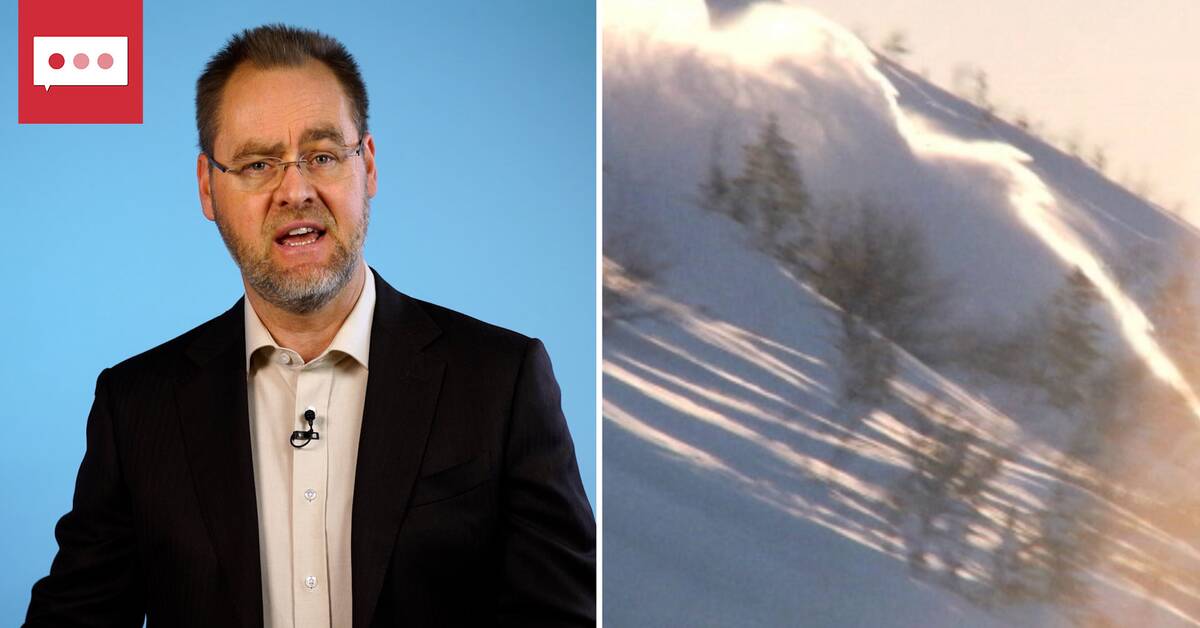It is with some concern that the Swedish Environmental Protection Agency views the forecasts. The Easter holidays have begun – and by tradition, many also on the Swedish side move out towards the slopes. In some Swedish mountain areas, they will be met by the same weak snow layer that caused the avalanches in Norway, says Mattias Tarestad.
"On the other hand, in Norway they would have had much heavier snowfall than we are expected to get here. This means that the situation in Sweden is not nearly as serious. But neither should you interpret it as meaning that it is completely safe here for Easter, because it is not.
The slope determines the most
Mattias Tarestad emphasizes that the most critical factor when it comes to avalanche risk is the slope of the slope, the steeper the slope, the greater the risk. Weather and temperature changes also play a big role.
"If you want to generalise something, you can bear in mind that rapid temperature changes, a lot of snow in a short period of time and such things almost always mean an increased danger. The faster something happens, the more dramatic the effect of it often becomes.
High levels of risk
At the time of the heavy avalanches in Norway, the risk level was at the highest level. It is designated as "large" avalanche risk and is 4 out of 5, where 4 is the highest we can achieve here in the Nordic region according to Tarestad. In Sweden, in some mountain areas during the week, it has been at the second highest level, 3 out of 5, which is a "significant" risk. Significant avalanche danger means that it is dangerous, not everywhere but in several places, says Mattias Tarestad.
Can change quickly
On Maundy Thursday, the avalanche risk is now at level 2 of 5, "moderate risk". But according to the avalanche expert, this is something that can change quickly.
"It depends on the weather. It can be equal conditions for quite a long time. But it can also change extremely much in a short period of time. So always check in the morning if the forecast we gave the night before is still correct.
Here on the Swedish Environmental Protection Agency's page you can see updated reports on current avalanche forecasts where you are.

